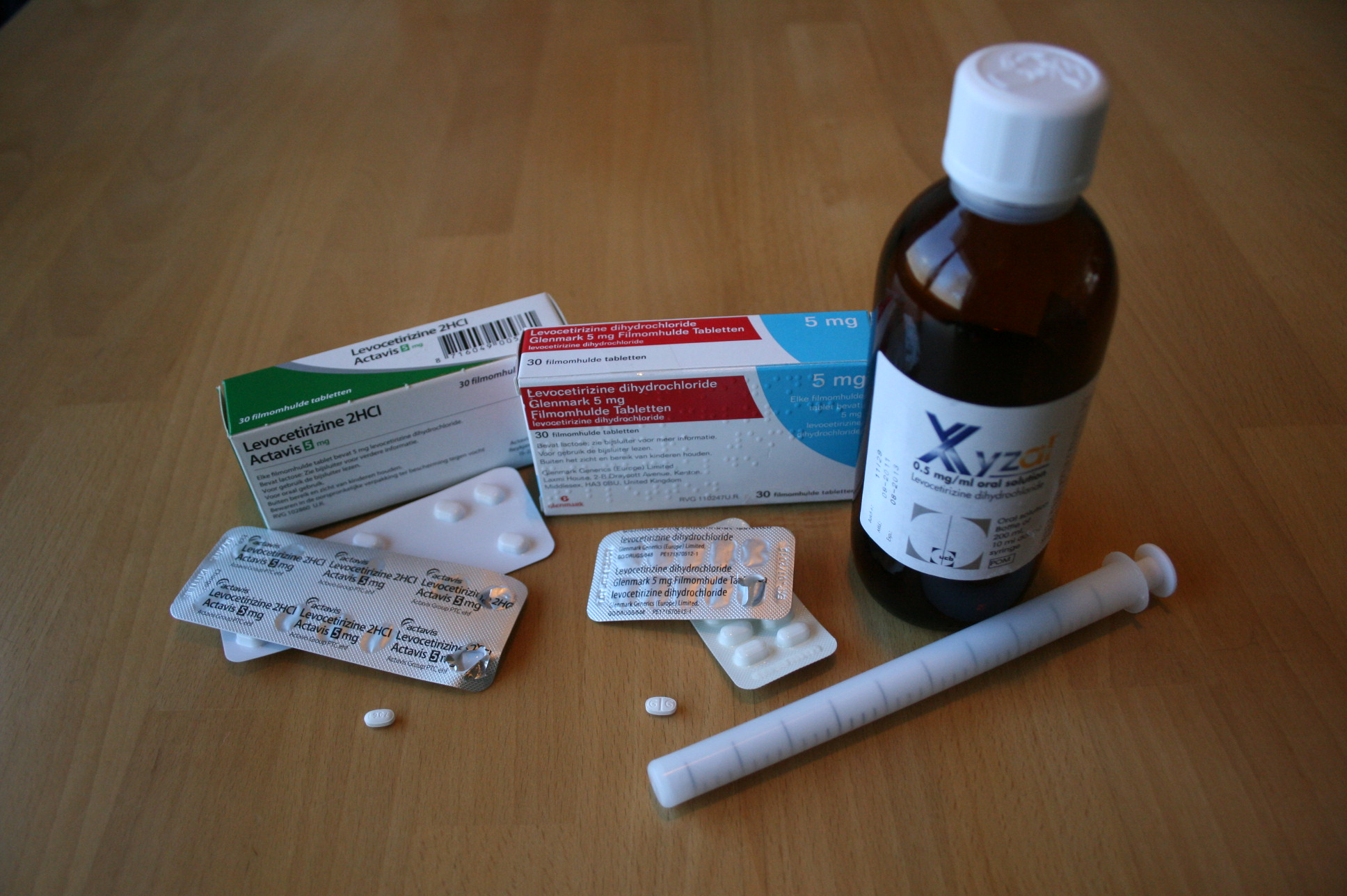| drug name | Montelukast |
| classification | Leukotriene Receptor Antagonist |
| pharmacokinetics | Montelukast is rapidly absorbed after oral administration. Peak plasma concentrations are achieved within 1-3 hours. The drug is primarily metabolized in the liver, and its metabolites are excreted in the urine and feces. The half-life is approximately 3-7 hours. Food does not significantly affect absorption. |
| suggested dosage | | adults | 10 mg orally once daily. Administer at bedtime, or as directed by physician. | | children 6 14 | 5 mg once daily | | children 2 5 | 4.4 mg once daily | | children notes | Doses should be adjusted according to the patient's specific needs and severity of symptoms, as determined by a healthcare professional. |
|
| indications | | 1 | Prophylaxis and treatment of asthma in adults and children, including prevention of exercise-induced bronchospasm | | 2 | Prevention and treatment of allergic rhinitis (hay fever) |
|
| safety in pregnancy | Limited data are available; montelukast is generally considered relatively safe for use in pregnancy. However, use during pregnancy should be discussed with a physician to carefully evaluate potential risks and benefits. Close monitoring is recommended. |
| safety in breastfeeding | Montelukast is excreted in breast milk. A decision regarding use during breastfeeding should consider the potential benefits for the mother versus the potential risks to the infant, as assessed by a healthcare professional, along with the availability of alternative treatments. |
| side effects | | 1 | Headache | | 2 | abdominal pain | | 3 | dizziness | | 4 | cough | | 5 | nasopharyngitis | | 6 | gastrointestinal upset | | 7 | sleep disturbances | | 8 | rare: serious skin reactions | | 9 | rare: neuropsychiatric adverse reactions (e.g., aggression, depression) |
|
| alternatives | |
| contraindications | | 1 | Known hypersensitivity to montelukast or any of its components | | 2 | Severe liver impairment |
|
| interactions | | 1 | | type | Increase | | description | Cytochrome P450 (CYP) enzyme inhibitors (e.g., azole antifungals: ketoconazole, itraconazole) may increase montelukast levels. | | action | Monitor closely and adjust dosage as needed by healthcare professional. |
| | 2 | | type | Decrease | | description | CYP inducers (e.g., rifampin) may decrease montelukast levels. | | action | Monitor closely and adjust dosage as needed by healthcare professional. |
| | 3 | | type | Potential | | description | Potential for interaction with other drugs metabolized via similar pathways. Consult with a healthcare professional for thorough assessment. |
|
|
| warnings and precautions | | 1 | Patients with underlying hepatic issues should be carefully monitored during treatment, and dose adjustments may be necessary. | | 2 | Consider alternative treatment if patient has a predisposition to, or is experiencing, psychiatric or neurological disorders. |
|
| additional informations | Montelukast is generally well-tolerated. Regular follow-up appointments with your physician are important to monitor response to treatment and manage any side effects. Adhere to the prescribed dose and frequency as directed by your doctor. |
| patient profile | |

